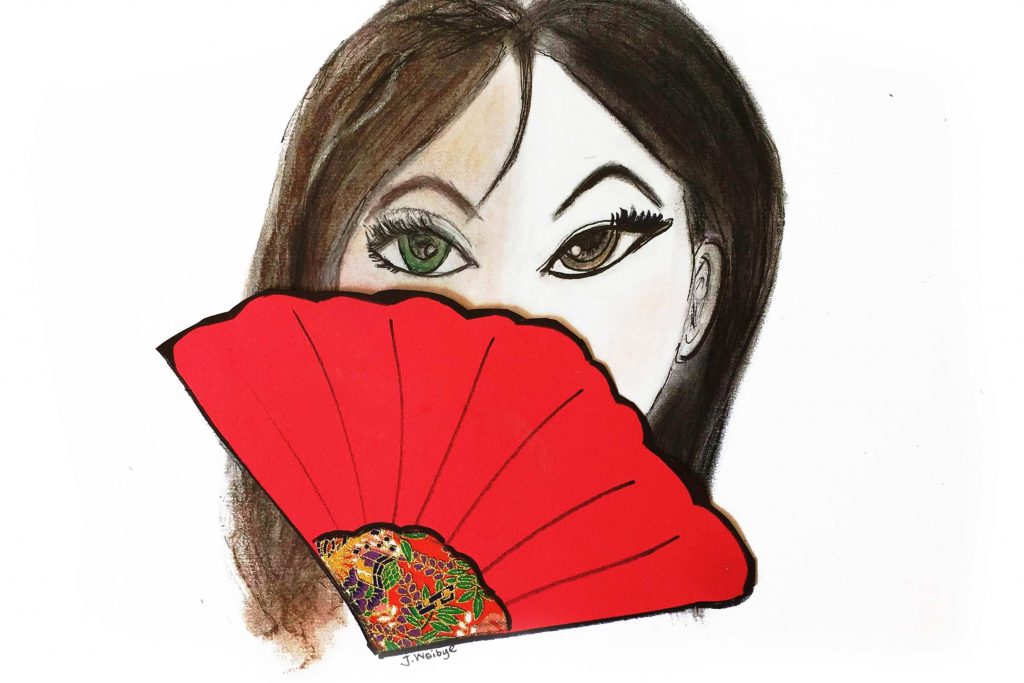
In a day and age so focused on eliminating racial boundaries and promoting ethnic diversity, it seems to be inconceivably hypocritical that “white-washing” is even a concept of modern film-making. For those unaware, white-washing, at least in film, is the act of taking the role of a character whose original writing depicts them to be of an ethnicity other than white, and casting a white actor to play its role. One film studio commonly accused of white-washing their films, and has recently come under fire for it again, is the ever-popular Walt Disney Company. Fans are fearful the their beloved character, Hua Mulan (of Mulan), will become yet another victim. Said criticism is expected, especially when looking at trends of past films: 21 (2008), Dragonball: Evolution (2009), Prince of Persia: The Sands of Time (2010), The Last Airbender (2010), The Lone Ranger (2013), and many more. This trend is accompanied by a recent growing popularity of rebooting classic Disney animation films with live action versions. Within the past two years, Disney has brought Maleficent and Cinderella back to the big screen as live-action blockbusters, and recently announced plans to do the same with Mulan in 2017.
Because of this, fans of the classic Disney film are fearful that Mulan will transition from the powerful Chinese heroine, to yet another white actress. The solution? Give the people what they want. It’s really that simple. If the public opinion is that white-washing is unwanted, then it stands to reason that Disney should cast a Chinese actress; if not for ethical purposes, than for economic ones, as any misstep in casting could sink the movie’s box office sales.
The issue of white-washing is a more complicated problem than one of just pure prejudice. Casting is a very rigorous process in film production, whether the film is animated or otherwise. In an animated film, the voice actors practically need to fill only one aspect of the character’s mien: their voice. This changes drastically for a live-action film, wherein actors need to fit the role in nearly every aspect, be it appearance, voice, or personality. These additional dimensions add much more difficulty in the screening process, forcing directors to make tough decisions as to what they envision for the character, as well as what will be well-received by the audience. Take West Side Story, for example, arguably one of the most influential films of the twentieth century, and the character Maria, played by Natalie Wood. The Sharks, as the story goes, are from Puerto Rico, and many of the supporting actors in the film are of Puerto Rican descent. However, Natalie Wood, or should I say, Natalia Nikolaevna Zacharenko, is clearly not, (she is in fact a child of Russian immigrants). Yet her performance is still regarded as a great one, regardless of her skin tone. Decisions in casting, such as Wood’s, are made all the time in the film industry. Could an actress of Puerto Rican ethnicity have played the part better? Very likely, but at the time an unknown Puerto Rican actress would not have had the same star power to draw in the crowds, at the time.
Yet in the twenty-first century white-washing does not even guarantee the same box office success it once did, as director M. Night Shyamalan showed with his 2010 his box-office disaster adaptation of The Last Airbender. One of his major changes was making two of the show’s main characters, drawn as Inuit peoples in the animated show, white. Arguably this was not the only factor which completely decimated the film, but it did come under heavy scrutiny from fans and critics alike. The actors chosen to play characters Sokka and Katara were Jackson Rathbone and Nicola Peltz, respectively. In this case, the actors were not of Inuit or any Native American descent, and were not able to fill the roles they were given in any manner. Rathbone played the sarcastic and comical Sokka as stoic and cold, while Peltz took the character of Katara, a hopeful and optimistic young woman, and played her as forlorn and desolate. This is a form of film adaptation inconsistency which understandably leads to discontent from fans.
White-washing is a complicated issue in Hollywood, caught up in industry politics, social prejudices, and box office worries. Personally, I understand the reasoning behind it, as long as it does not change the ¨meat and potatoes¨ of a movie, but it needs to be done with careful thought and measure. I mean, no one seemed to have a problem with recasting the movie Annie, with an African American lead.
Douglas Lampone
staff writer

